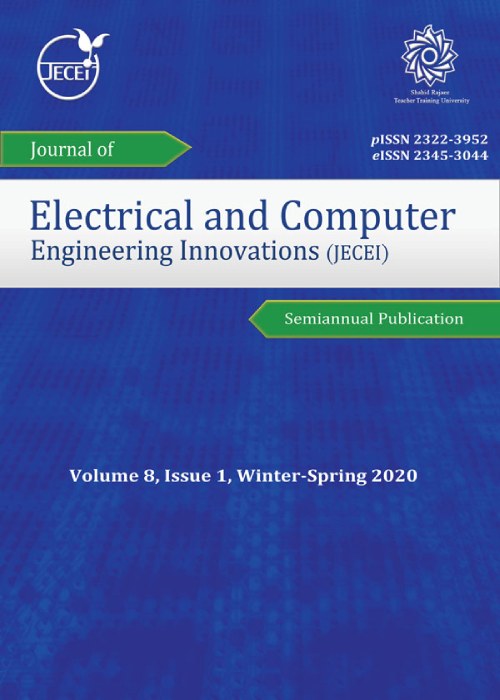Fault Detection in Thermoelectric Energy Harvesting of Human Body
Human health is an issue that always been a priority for scientists, doctors, medical engineers, and others. A Wireless Body Area Network (WBAN) connects independent nodes (e.g. sensors and actuators) that are situated in the clothes, on the body, or under the skin of a person. In the 21st century, advent the technology in different aspects of human life caused WBAN has a special value in future medical technology. Energy harvesting from the ambient or human body for self-independent from the battery or power supply is an important issue in WBAN. Photovoltaic energy harvesting (PVEH), piezoelectric energy harvesting (PEH), RF energy harvesting (RFEH), and thermal electric energy harvesting (TEH) are some techniques used for energy harvesting in WBAN. Fault detection and diagnosis is an important problem in engineering. Engineers and researchers are always trying to find better ways to identify, detection, and control the fault in different systems.
We consider a thermal electric generator (TEG) for measurement energy harvested from the human body and power generation on people at different ambient conditions. Also, we used data reduction methods including principle component analysis (PCA), linear discriminant analysis (LDA), and neural network methods including PCA and MLP, LDA and MLP, Dynamic PCA and MLP, Dynamic LDA and MLP to fault detection for thermal electric generator (TEG).
This study shows different data reduction algorithms, in the case studied in this paper, can detect well and nonlinear methods have a more accurate answer than linear methods but implementing the linear methods is easier.
According to simulation results, all the methods discussed in this paper are acceptable for fault detection. In this paper, we introduce data reduction linear and nonlinear algorithms as new methods for fault detection in WBAN. The author(s). This is an open access article distributed under the terms of the Creative Commons Attribution (CC BY 4.0), which permits unrestricted use, distribution, and reproduction in any medium, as long as the original authors and source are cited. No permission is required from the authors or the publishers.
- حق عضویت دریافتی صرف حمایت از نشریات عضو و نگهداری، تکمیل و توسعه مگیران میشود.
- پرداخت حق اشتراک و دانلود مقالات اجازه بازنشر آن در سایر رسانههای چاپی و دیجیتال را به کاربر نمیدهد.


